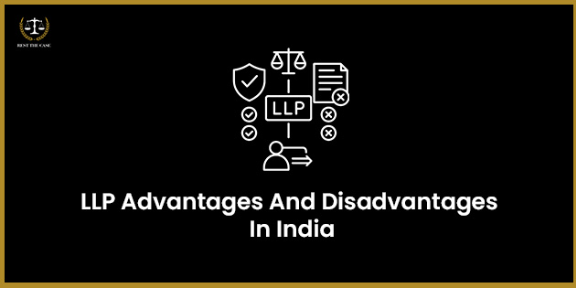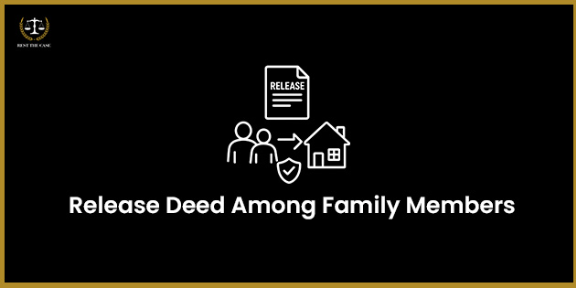Knowledge Bank
As the name suggests, Knowledge Bank is a compilation of all legal material that can help laymen, law students and lawyers get fact-checked & accurate legal information. Stay updated with legal events with segments like Amendment Simplified, News, Know The Law, i.e., legal term simplified, and tips.

Business & Compliance

Business & Compliance

Business & Compliance

Business & Compliance

Business & Compliance

Know The Law

Know The Law

Know The Law

Business & Compliance

Business & Compliance
My Cart
Services
Sub total
₹ 0


